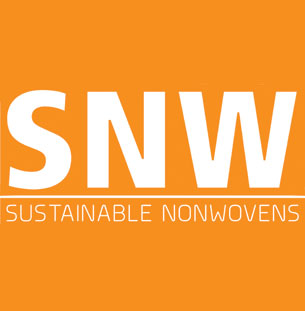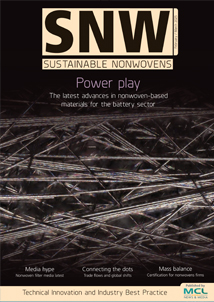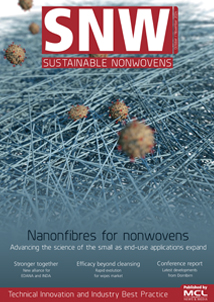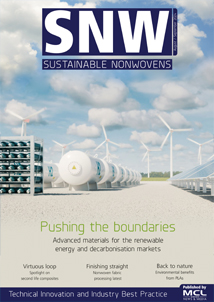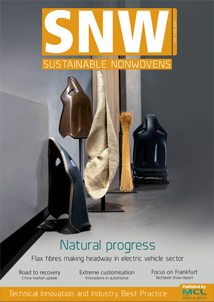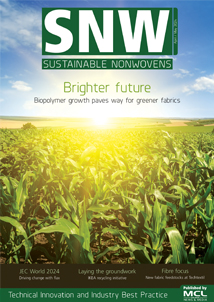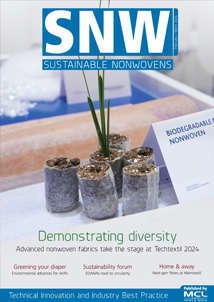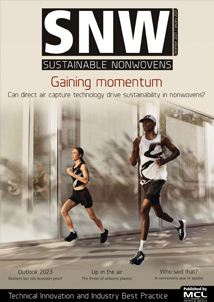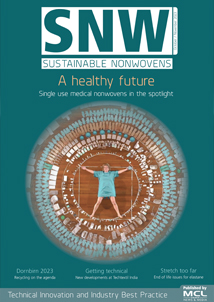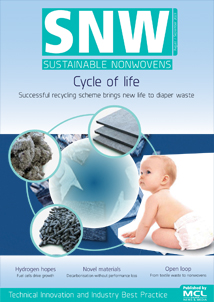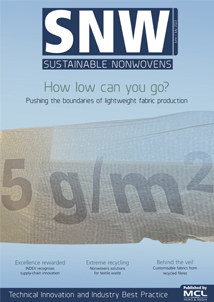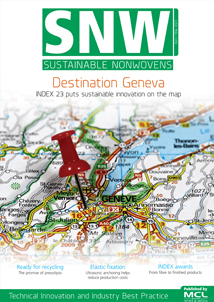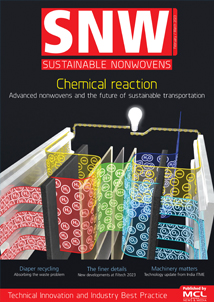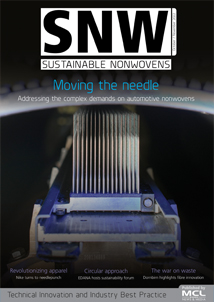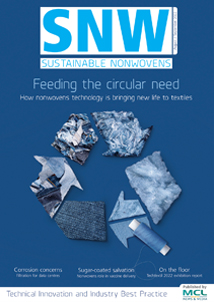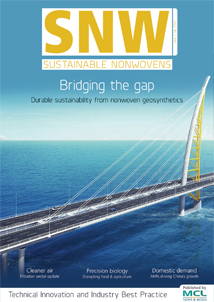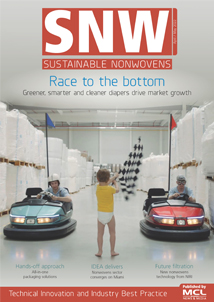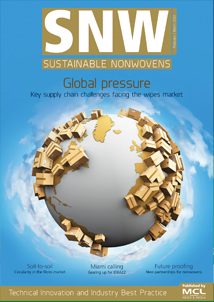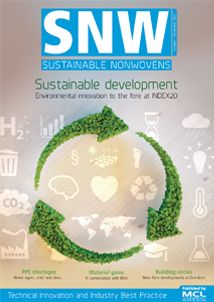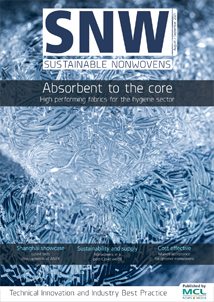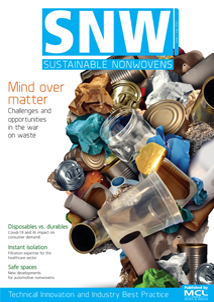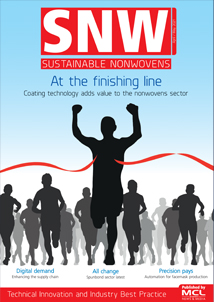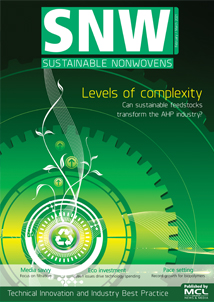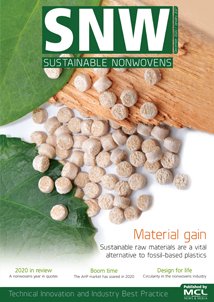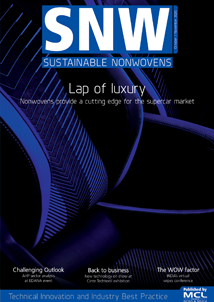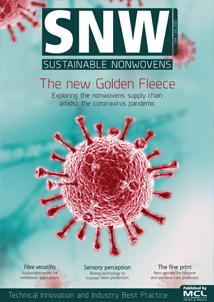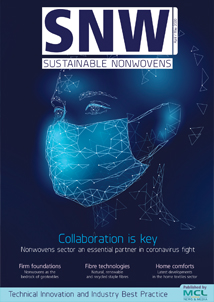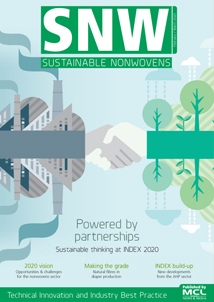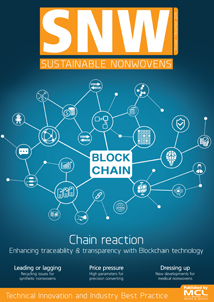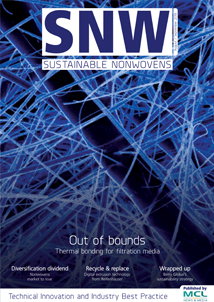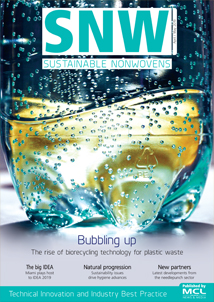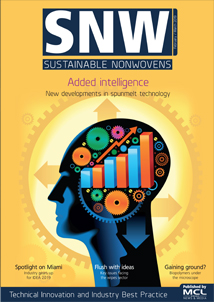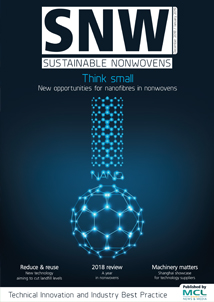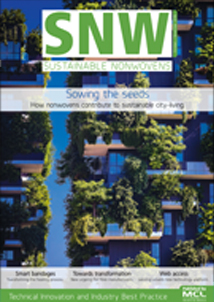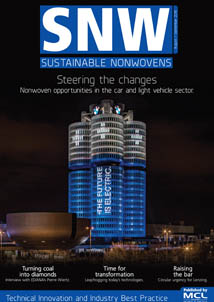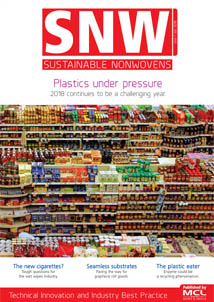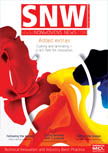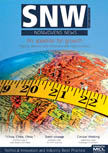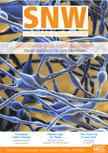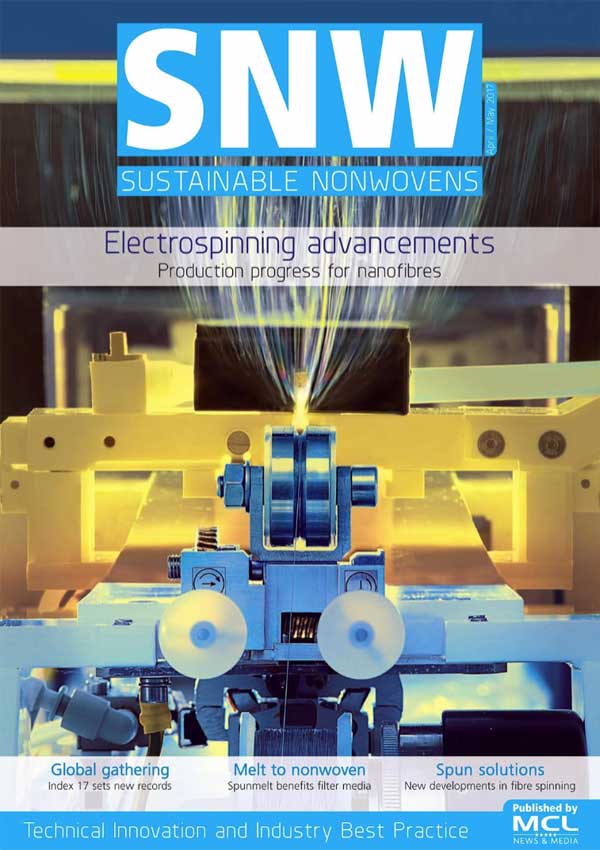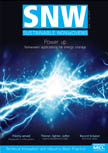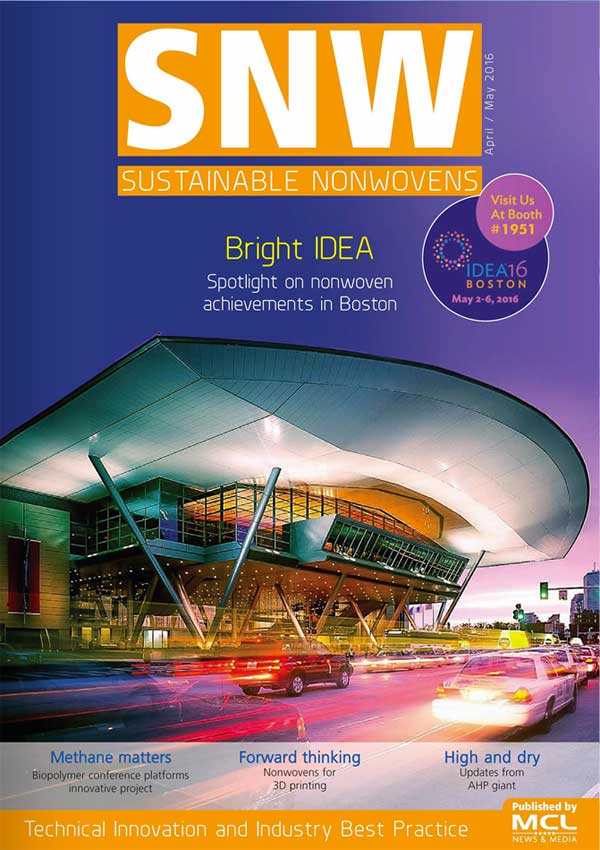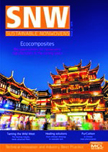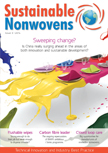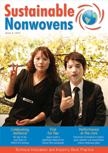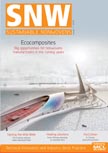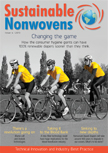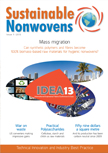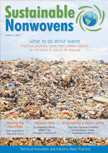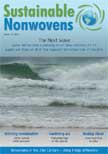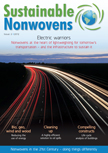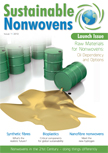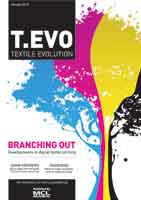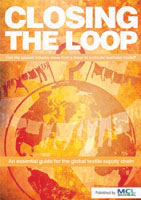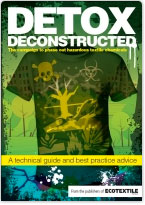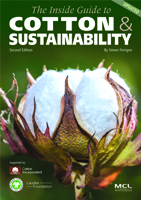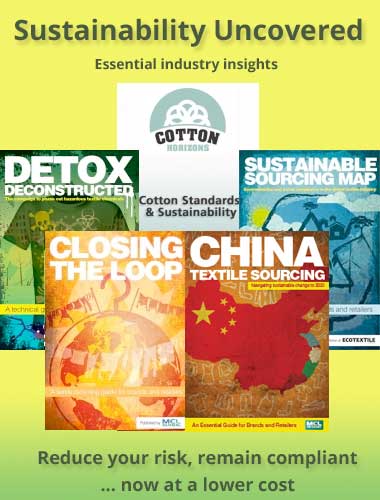DORNBIRN – The European Union’s plans for new textile waste regulations and a parallel energy transition that is now underway across the bloc will have a big impact on the fibres and nonwovens industries.
These issues will be comprehensively explored at the 63rd Dornbirn Global Fibre Congress (GFC) which takes place in the Austrian town from September 11-13, providing attendees with access to a total of 125 lectures across four parallel sessions on a wide range of industry topics.
“Dornbirn is a one-of-a-kind event – there’s not really another conference which has this span and depth, going from plenary level big picture information into the real technical depth presentations in the single sessions,” says Matthias Gluth, who in June this year was appointed the new managing director of the Dornbirn GFC.
EU policies
In a major keynote presentation on the opening day of the conference, Cornelia Mohor of the European Commission will explain how a package of EU policies and upcoming regulations are redefining how textile products will made, sold and consumed in the EU in the near future.
“A review of the EU Textiles Labelling Regulation has already been launched and fibre innovations are an important consideration,” she says.
In another keynote address, Rudolf Zauner, senior innovation manager for Verbund AG, Austria’s largest electricity provider, will outline systemic solutions for the transition from fossil fuels to carbon-free and renewable energy sources and what can be achieved to maintain competitiveness when industry, energy suppliers and start-ups come together.
“As a leading company in energy technology, we recognise the importance of innovation and sustainability in the global textiles and nonwovens industries,” says Zauner. “By supporting this conference, we are investing in the future of fibre innovation, which aligns with our own ambitions to drive ecologically sustainable and energy-efficient solutions.”
On September 13th, a block of lectures organised in collaboration with the Institute for Textile Technology at RWTH Aachen University (ITA) and its industrial partners will further highlight a number of technology developments related to energy transition in textile manufacturing.
“By integrating natural principles and advanced technologies, we can address some of the most pressing energy challenges of our time,” says ITA director Thomas Gries.
Hydrogen
An important new energy resource is hydrogen and Maike Rabe, head of the FTB research institute at Hochschule Niederrhein in Germany will provide the latest news from the German WasserSTOFF Project.
This project is being led by finishing machine leader Monforts and aims to develop a hydrogen-heated stenter frame that in the future will enable the carbon-neutral finishing of textiles and nonwovens.
“The usual operation of stenter frames with natural gas currently leads to considerable CO2 emissions worldwide,” Rabe explains. “Emissions can be significantly reduced by the alternative use of hydrogen converted through the use of electrical energy from renewable sources such as wind or solar – so-called green hydrogen.”
The project is investigating the effects of using hydrogen or hydrogen/natural gas mixtures instead of natural gas alone as the fuel for textile drying and fixation.
Methane waste
Mango Materials will be one of 23 pioneering companies presenting new fibre solutions at the 4th Innovation Days conference which runs alongside the established Dornbirn-GFC.
Mango is a biomanufacturing company located in the greater San Francisco Bay Area, founded in 2012 by an all-women group of researchers from Stanford University based on a unique approach to transforming methane into biodegradable biomaterials.
In Dornbirn, Mango research scientist Figen Selli will provide details of the company’s progress since opening its first facility at the Easterly Wastewater Treatment Plant in Vacaville, California, last November. In the first stage of establishing a biomanufacturing hub, the company is currently validating the use of biogas generated at the Vacaville plant as a feedstock in the company’s proprietary process to produce YOPP+ biopolymer pellets.
Mango’s core fermentation technology involves the production of naturally occurring biopolymers from methane, which is found all around the world as the byproduct of many essential operations – and currently with not many economically beneficial uses.
The use of methane as a feedstock has the potential to become a low-cost and highly scalable source for new polymers and fibres.
Full programme
“The 63rd Dornbirn-GFC is a really, really full programme,” concludes Matthias Gluth, “Innovation Days is becoming an important part of it, as a platform for start-ups to get talking to many representatives from the established fibres and chemicals industries and the exchange of ideas. The circular economy will naturally be a major theme and bringing in start-up companies to accelerate this transformation is essential.”
